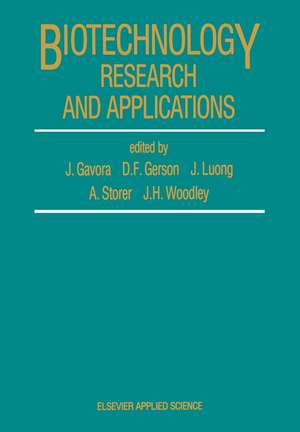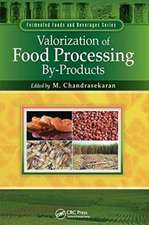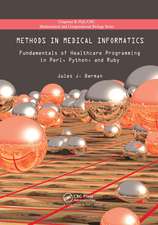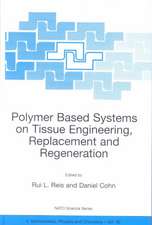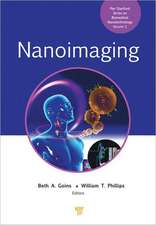Biotechnology Research and Applications
Editat de J. Gavora, D.F. Gerson, J. Luong, A. Storer, J.H. Woodleyen Limba Engleză Paperback – 26 sep 2011
Preț: 392.97 lei
Nou
Puncte Express: 589
Preț estimativ în valută:
75.20€ • 78.22$ • 62.09£
75.20€ • 78.22$ • 62.09£
Carte tipărită la comandă
Livrare economică 14-28 aprilie
Preluare comenzi: 021 569.72.76
Specificații
ISBN-13: 9789401071116
ISBN-10: 940107111X
Pagini: 332
Ilustrații: 321 p.
Dimensiuni: 170 x 244 x 17 mm
Greutate: 0.53 kg
Ediția:Softcover reprint of the original 1st ed. 1988
Editura: SPRINGER NETHERLANDS
Colecția Springer
Locul publicării:Dordrecht, Netherlands
ISBN-10: 940107111X
Pagini: 332
Ilustrații: 321 p.
Dimensiuni: 170 x 244 x 17 mm
Greutate: 0.53 kg
Ediția:Softcover reprint of the original 1st ed. 1988
Editura: SPRINGER NETHERLANDS
Colecția Springer
Locul publicării:Dordrecht, Netherlands
Public țintă
ResearchCuprins
Agricultural Biotechnology.- Genetic Engineering of Rumen Bacteria for Improved Productive Efficiency in Ruminants.- Biotechnology Applied in Animal Vaccine Development and Production.- Applications of Biotechnology to the Diagnoses of Animal Diseases.- Toward Directed Fatty Acid Modification in Oilseeds.- Bioengineering and Bioprocessing.- Observation of a Passible Pause Mutant in the Synthesis and Expression of a Synthetic T4-Lysozyme Gene in E. Coli.- Engineering a Stable Protease.- Computer Applications in Fermentation Research.- Affinity Ultrafiltration for Purifying Specialty Chemicals.- Ammonium Concentration Control in Feb-Batch Fermentations for the Production of Biomass and Enzymes.- Liquid-Liquid Separations in Biotechnology.- The Influence of Bioreactor Design on the Production of High-Quality Polymers.- The Impact of Downstream Recovery Operations on Upstream Production Methods: Vertical Integration and Process Optimization.- Protease Inactivation during Downstream Processing.- The ‘Cyclone Column’ and Continuous Phased Culture.- Biosensors.- General Aspects of the Use of Sensors in Biotechnology with Special Emphasis on Cell Cultivation.- Receptor Modulated State-Switching of Lipid Membrane Biosensors.- A New Electrochemical Approach for Biosensor Design.- A Stable Enzyme Biosensor for Determination of Glucose.- Selective Biochemical Interactions of Acetylcholine Receptor on the Surface of an Optical Fibre.- The Construction and Application of a Nitrate Ion Sensitive FET (NO3--ISFET).- Use of Protein Coatings on Piezoelectric Crystals for Assay of Gaseous Pollutants.- Biosensors Based on Thermistors and Semiconductors and their Use in Process Monitoring and Control.- Biosensors from Neuroreceptors; what can we Expect to Detect.- Biotechnology andBusiness.- What Constitutes Patentable Subject Matter in the Field of Biotechnology Invention.- Intellectual Property Protection for New Plant Varieties.- Issues Involving Biotechnology Transfer—a Nightmare or Dream Come True.- Technology Transfer from University to Industry: Challenges and Opportunities.- Raising Capital—Initial Investment to Public Issue, and Beyond.
